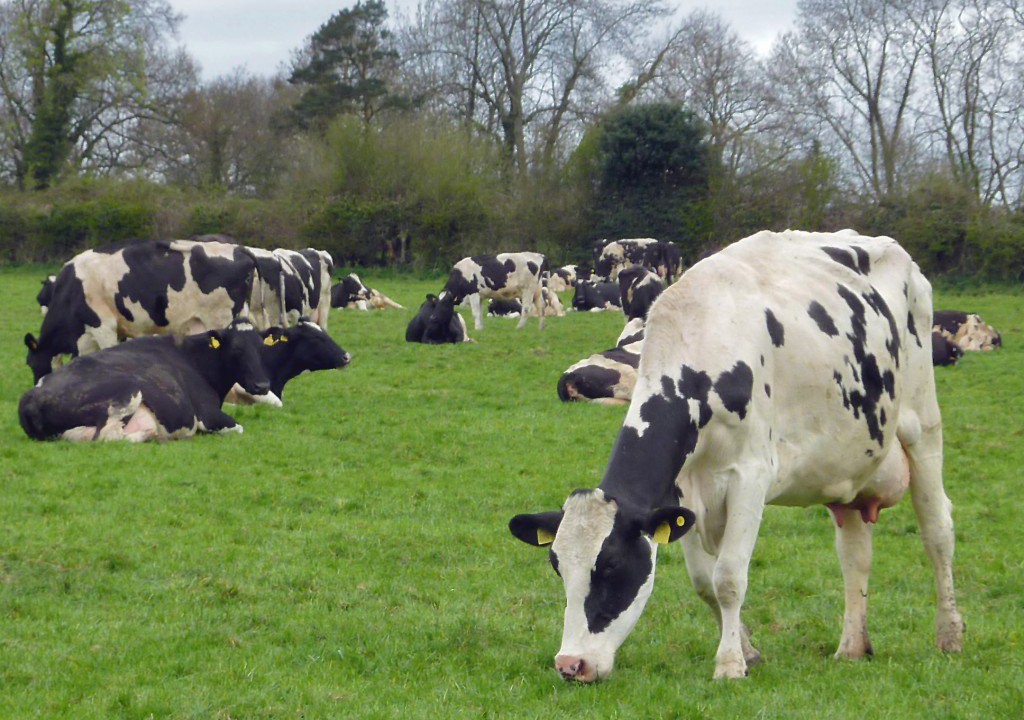Temperatures are expected to touch 30° in some parts of the country over the coming days and, as a result, the chances of animals suffering from heat stress increase significantly.
Heat stress occurs when an animal’s heat load is greater than its capacity to lose heat. The most visible symptoms of heat stress tend to be elevated breathing rates. However, increased water intake and sweating, along with decreased feed intake, are other symptoms.
Key symptoms of heat stress:
- Increased breathing rate;
- Increased water intake;
- Increased sweating;
- Decreased milk production;
- Change in milk composition (milk fat and protein percentages drop);
- Change in blood hormone concentration (increased prolactin);
- Changed behaviour – heat seeking, crowding, refusal to lie down and standing next to a water trough.
Preventing heat stress
To help prevent heat stress occurring, farmers must pay particular attention to water, feed, shade and management.
On a really hot day, cows can drink anywhere from 60L/day up to 110L/day and they can typically drink at a rate of 14L/minute from a trough.
With this in mind, farmers are encouraged to carefully consider trough location, as cows don’t like to walk more than 250m to get a drink.
It’s also important to focus on the feed source. Offering feed with a high fibre content can increase the heat of fermentation in the rumen, thus increasing the heat load of the cow.
Although not easy given the current grass growth picture on many farms, it may be necessary to use paddocks with shade from trees during periods of hot weather.
Furthermore, reducing the walking distance and the speed at which the cows are moved to the parlour may also be beneficial. It’s also imperative to reduce the time cows are held in holding yards and to minimise any handling stress.
Where cows do become affected by heat stress, it’s advisable to isolate the most severely affected animals and to provide shade and cooling.

